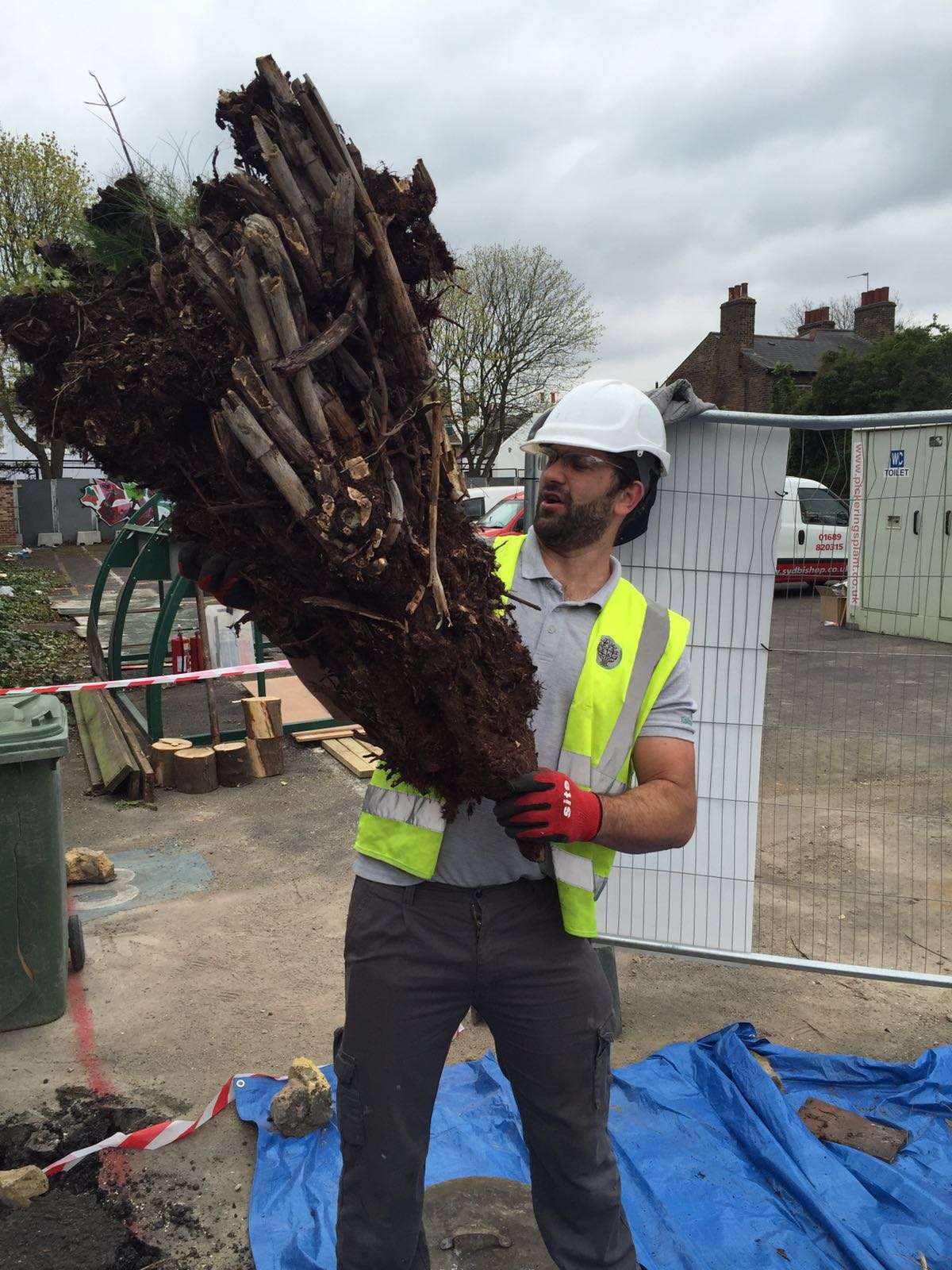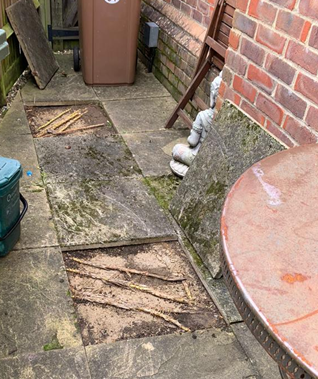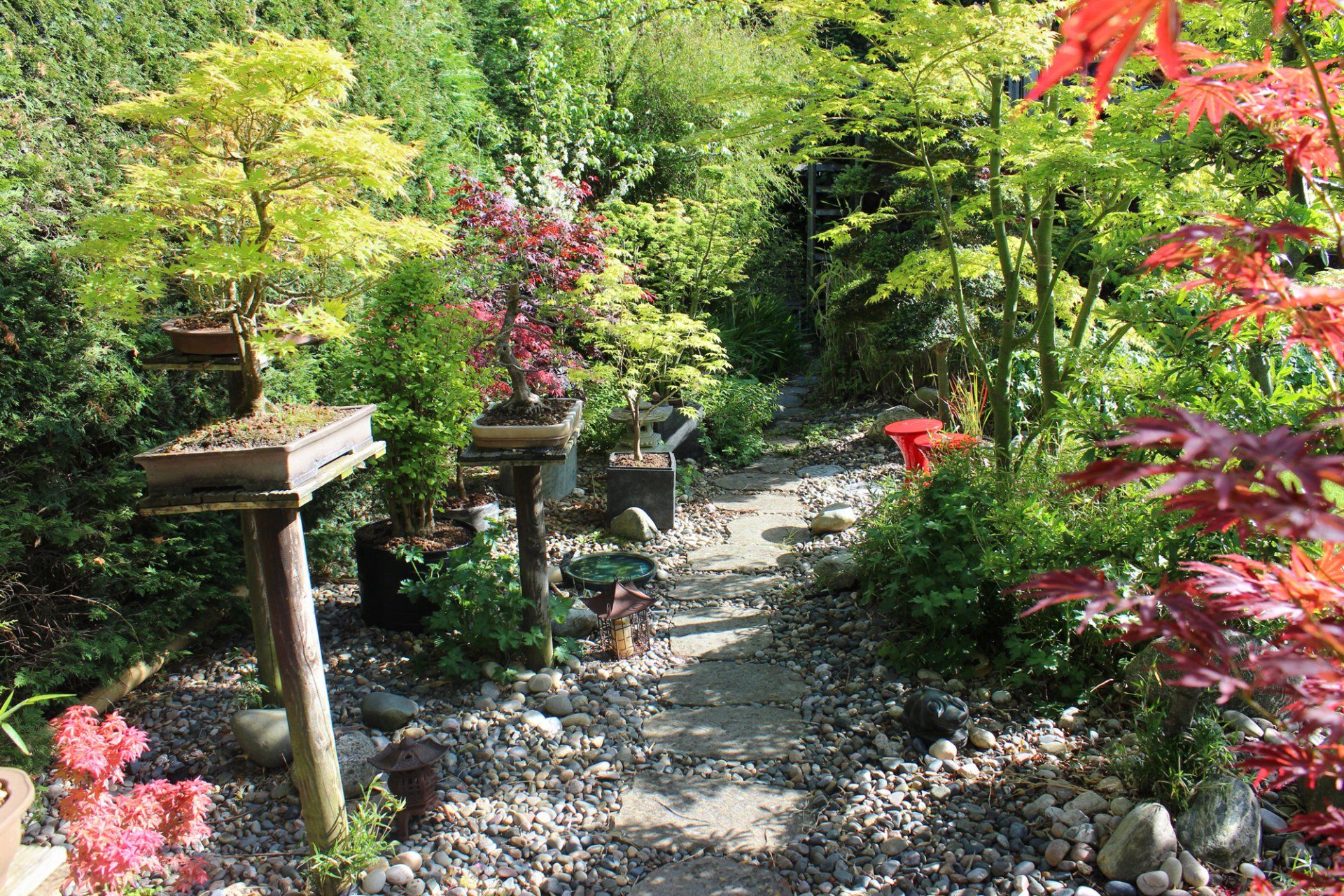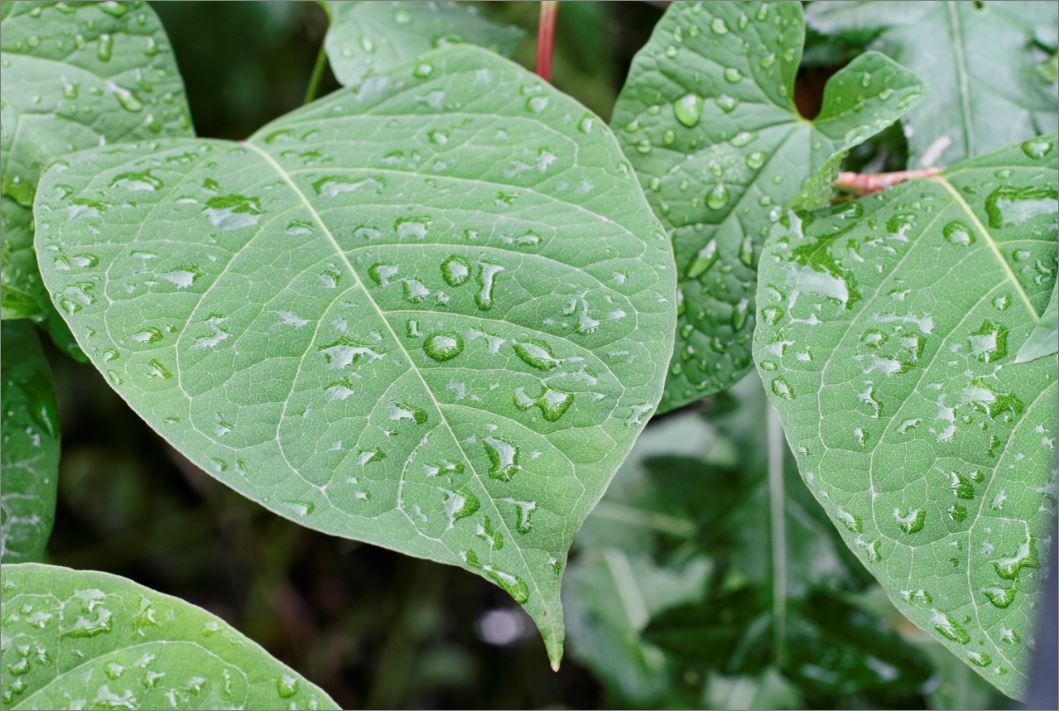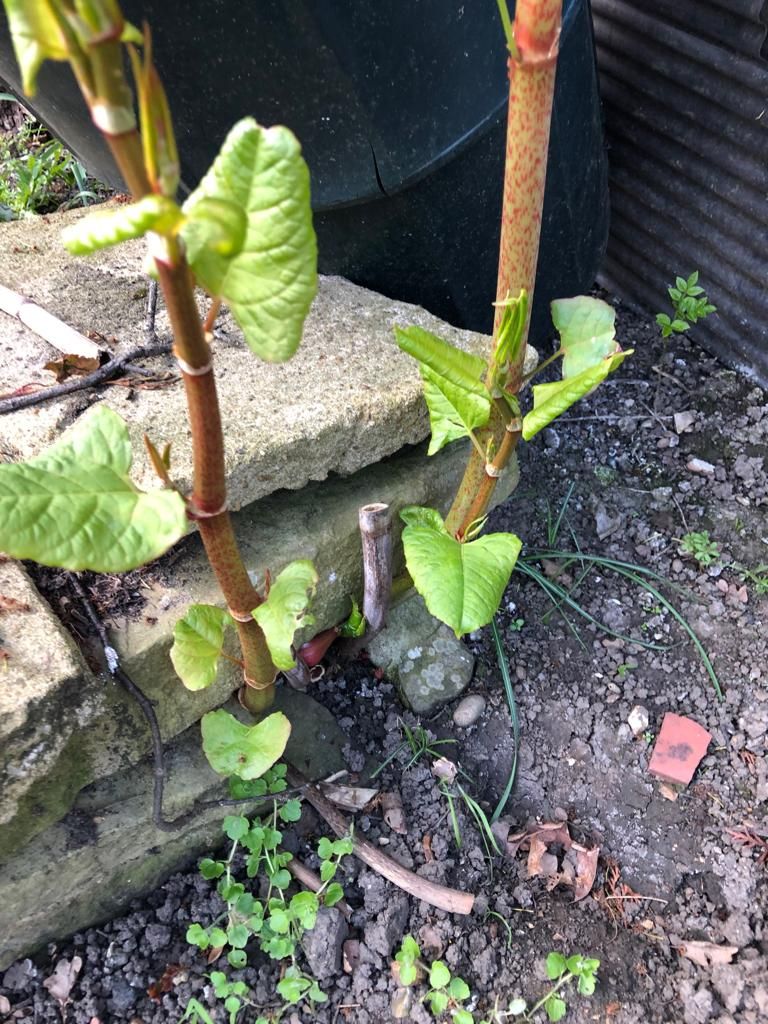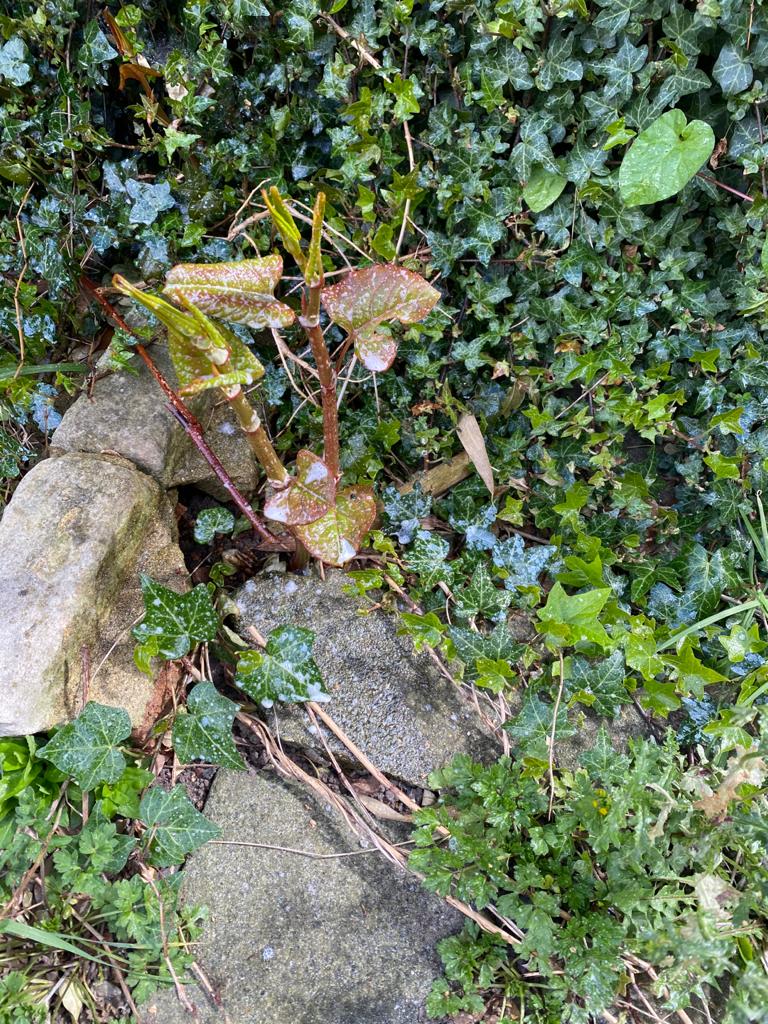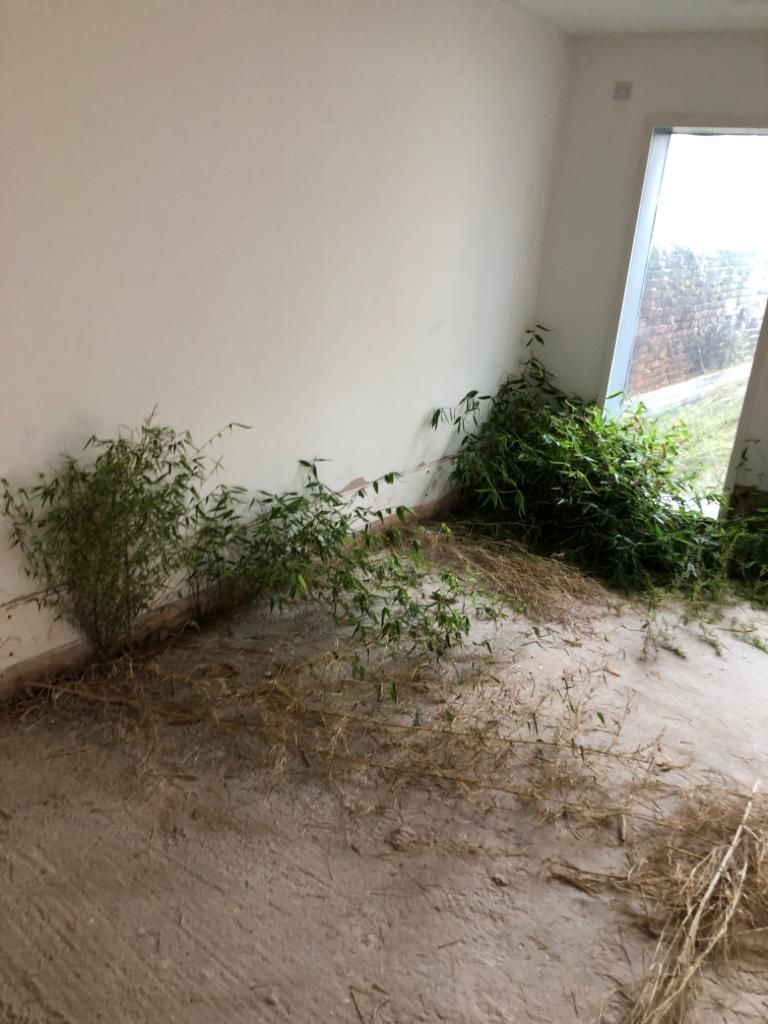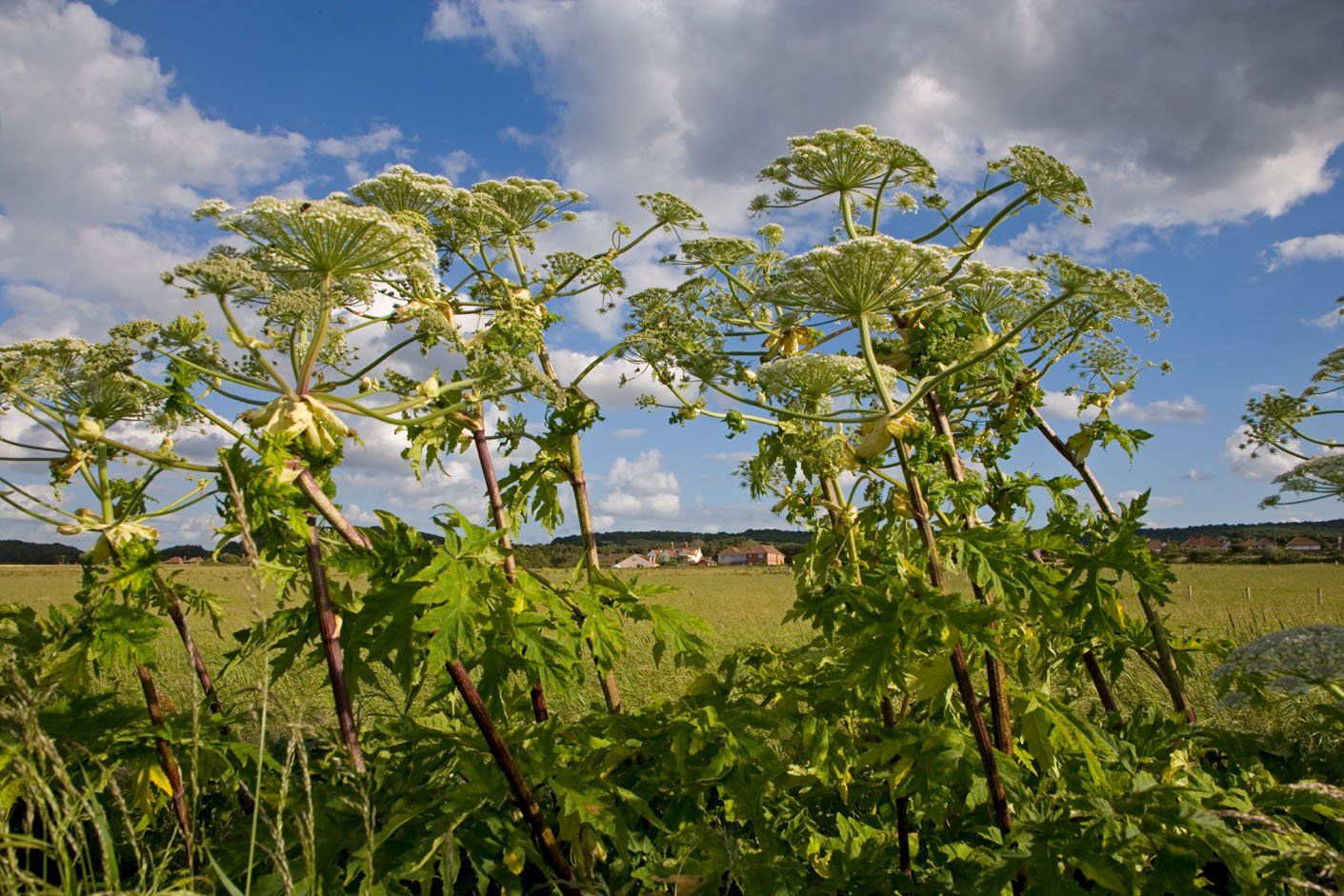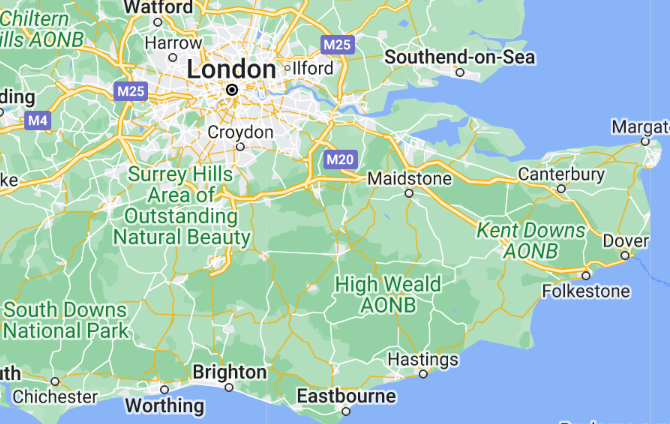Where is Japanese Knotweed Usually Found?
Japanese knotweed has a powerful reputation so spotting it on or around your property can be very unsettling for homeowners. An estimated 4 - 5% of UK properties are affected by the plant, particularly around industrial areas and cities but it only takes a small fragment at around 1cm to sprout growth anywhere!
Read on to learn more about common locations for Japanese knotweed.
Where does Japanese knotweed grow?
Japanese knotweed is categorised as one of the most invasive plant species in the UK. However, as its name suggests the plant originated in Eastern Asia and is found in volcanic areas. It was during the Victorian era that it was brought over to the UK as an ornamental plant and to feed cattle but since it is not eaten by other wildlife and has no natural enemies, it’s free to grow at exponential rates.
Additionally, knotweed was placed alongside railway tracks by the Victorians because it grows so quickly. But, unknowingly to them, the plant has now caused more harm than good as industrial cities such as Rotherham, Nottingham, Norwich, North Wales and Newcastle now show high levels of infestations.
It’s commonly found in the following environments:
● Roadsides.
● Railway embankments.
● Waste grounds.
● Alongside rivers and streams.
You can use this plant tracker to find Japanese knotweed hotspots that are close to you.
How does Japanese knotweed spread?
There are many ways that Japanese knotweed can spread and that’s why weed control is so important. One theory for the rapid spread across the UK is thought to be down to mining, as it’s believed that the movement allowed the knotweed to be carried from A to B. Alarmingly, knotweed can lay dormant for as long as 20 years before suddenly regrowing!
How can you stop Japanese knotweed from spreading?
While you don’t legally have to remove the weed if it’s found on your property (although it is highly recommended due to its invasive and damaging nature) you do however have an obligation to prevent it from causing a nuisance to neighbouring land and properties. You can be prosecuted for causing it to spread.
When identifying Japanese knotweed, it’s always best to get help from weed control experts. Removal techniques include:
● Chemical control: A chemical-based weed killer can be injected into the weed or applied to cut stems. You’ll then need to keep cutting the canes back throughout the summer and apply the weed killer again later in the year.
● Digging the plant: Removing the plant from the root can be done, however, it can take several years to take effect. You may need to check the plant at least once a week and remove new leaf buds as and when you see them.
At
Gaia Environmental Ltd, we specialise in identifying Japanese knotweed and removing it effectively. Whether you’ve spotted the first signs that the weed is present or you’re already experiencing property damage, our team can help. Working across Kent and Essex, you can rely on us to provide efficient weed control when you need it the most.
Get in touch with us today for more information.


